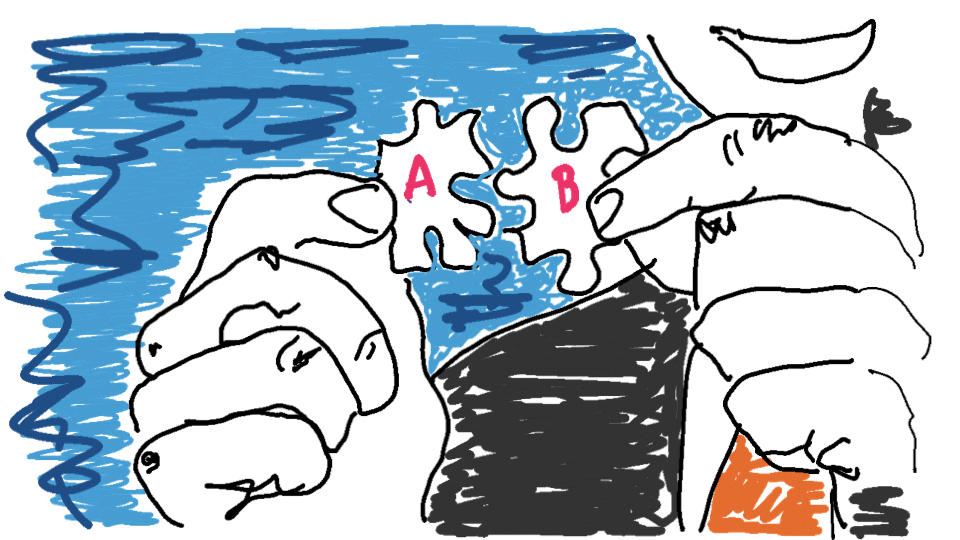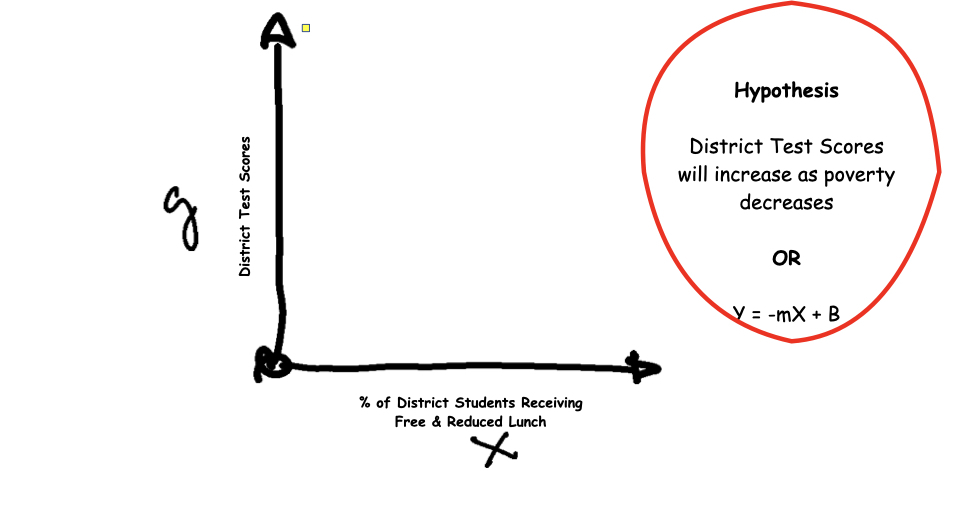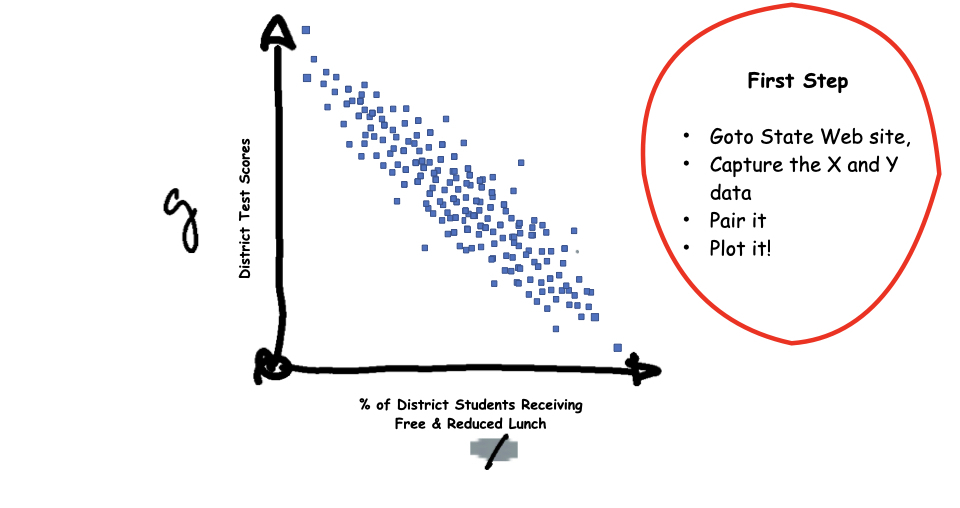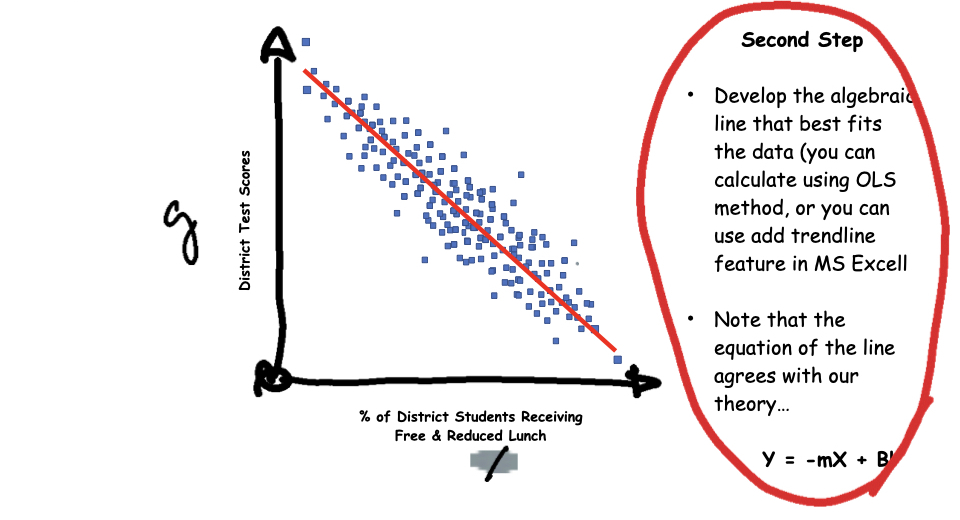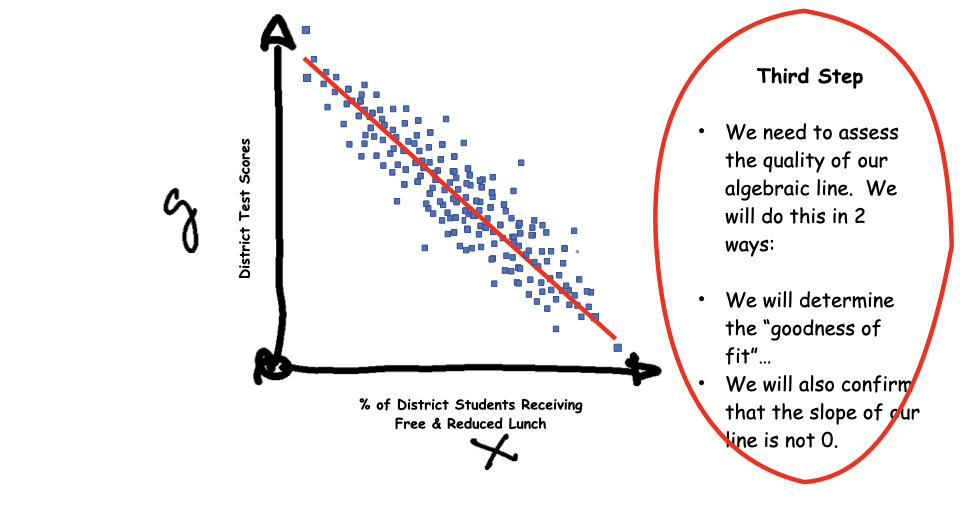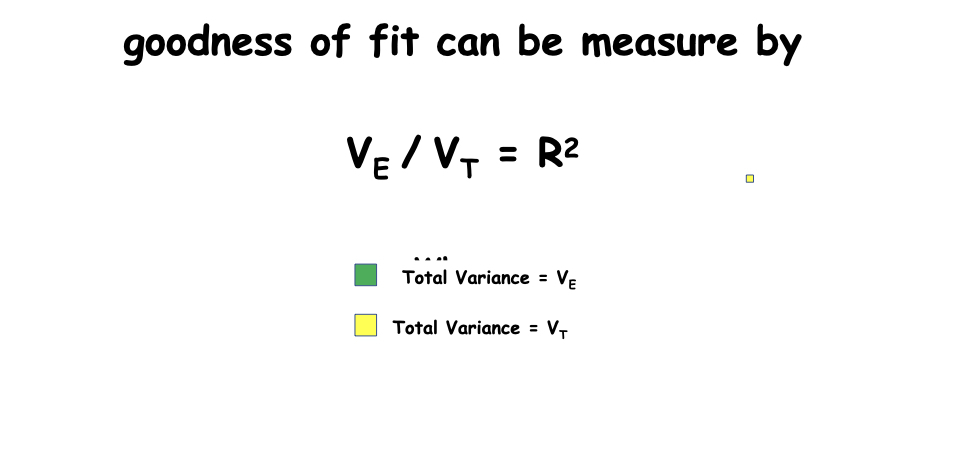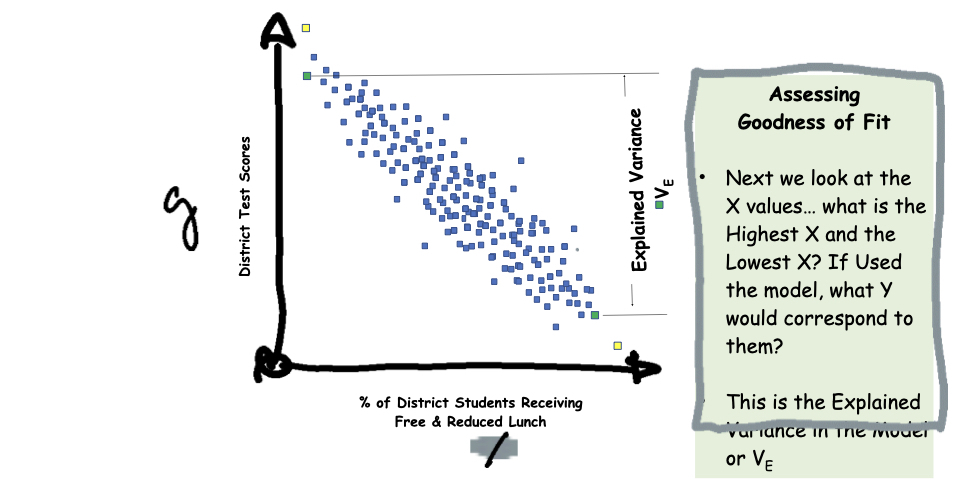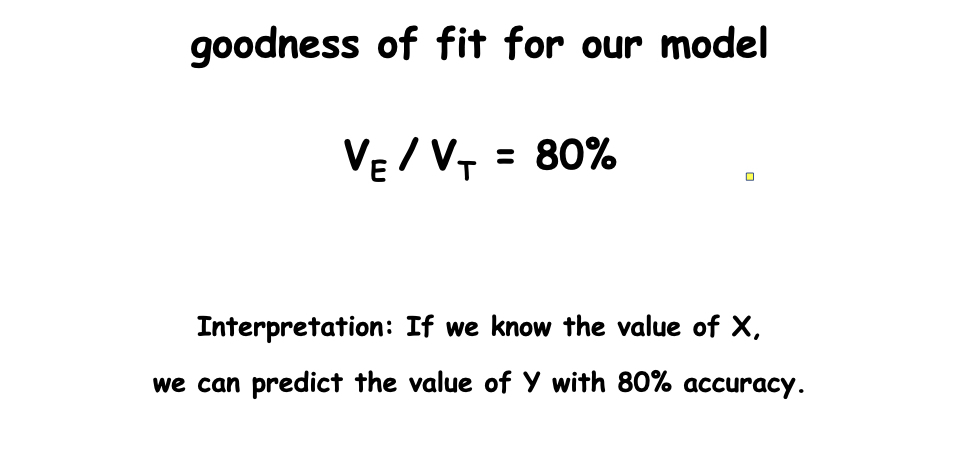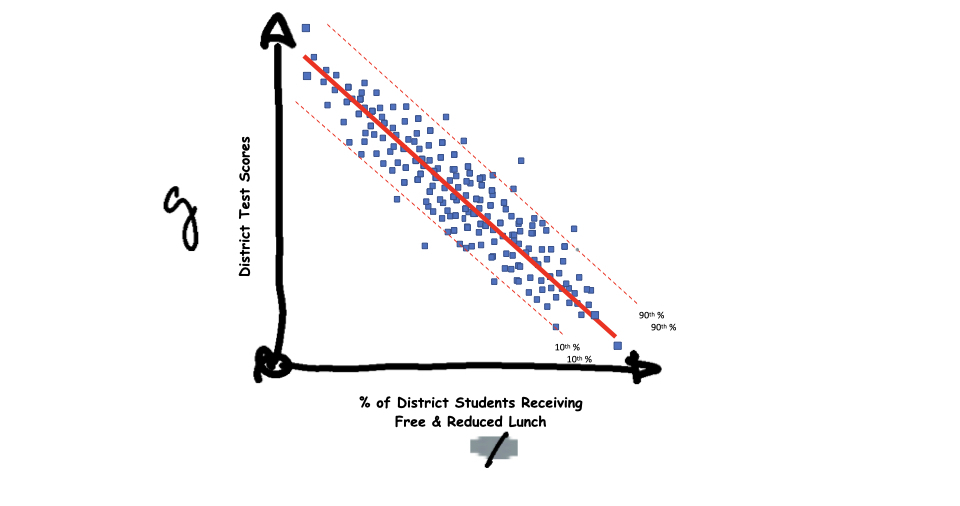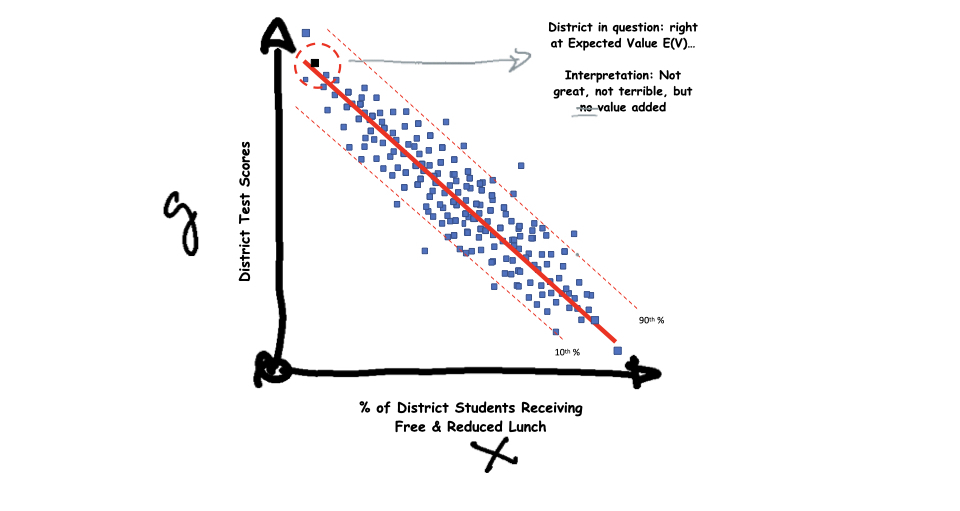“If your presence isn’t value adding, then your absence won’t make a difference.”
Zero Dean
Case Study
Finding the Value Added
A school district was amongst the highest performing in the state, known for its great facilities, child centered programs, effective professional development. However, it was also one of the wealthiest school districts in the state, and residents of the town paid high property taxes. And that was the question folks were asking: how good are we really?
I developed a data set that included the test performance and free lunch count of each of the 150 school districts in the state. I showed that as large part of the variance in test scores could be indeed be explained by the % of students receiving free or reduced lunch. (Why % receiving free lunch? Because 1-% is a continuous variable that is an effective proxy of wealth).
It was the remaining 20% where value was actually being added.
By showing the variance in this 20% – proving that it was a normally distributed, with an upper bound that was true excellence, and a lower bound that was real mediocrity – that the school district’s true value added came in view.

